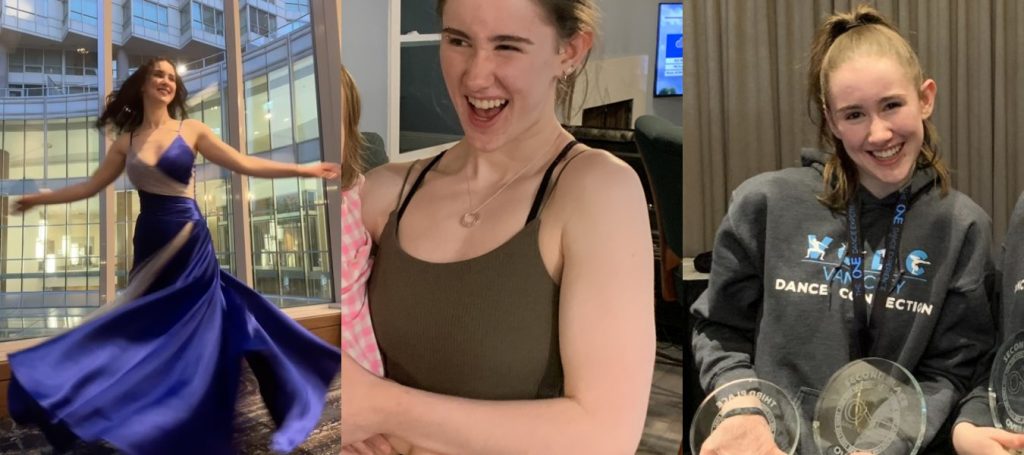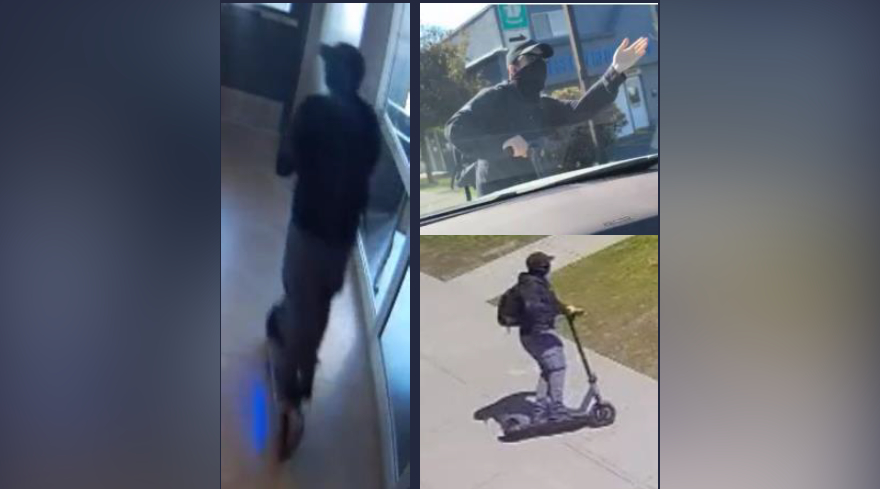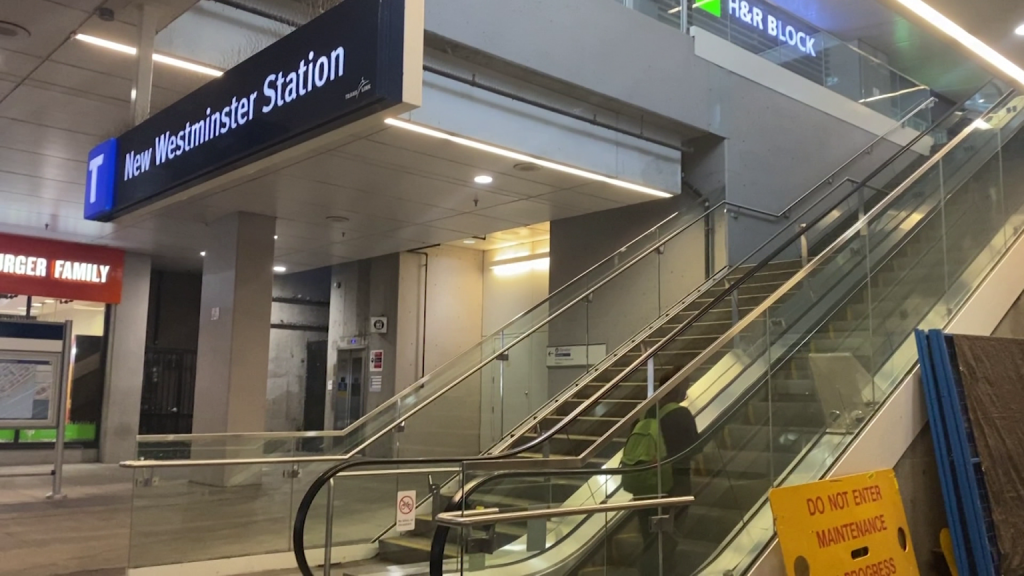Viral video raising concerns over police response to autistic boy
Posted January 27, 2023 4:33 pm.
Last Updated January 28, 2023 10:40 am.
A video circulating on social media is raising questions about how police respond to incidents involving autistic people.
The video, posted on TikTok by user Mia Brown on Thursday evening, shows two Metro Vancouver Transit Police officers pinning a child face-down with handcuffs behind his back.
The three minute-long post, shot in what looks like a hospital, features the boy’s mother asking the officers to let her son go.
“This is a little too much,” she’s heard saying. “Other police officers are not like this. You guys are the first, you know that right?”
While the mother pleads, another woman off-camera is heard explaining that the officers had to act that way for “safety purposes.”
@miaprofile #VancouverTransitPolice #bcchildrenshospital #mildautism #adhd #aboriginaltiktok #childarrest #vulnerablefamily #weneedhelp
After a couple of minutes, the two officers remove the boy’s handcuffs and allow him to be alone in a room with his mother.
“Oh my gosh I can’t believe they did that to you,” she’s heard telling the boy.
The caption for the video featured hashtags for “adhd,” “mild autism,” “child arrest,” and “BC Children’s Hospital.”
In less than a day, the video amassed over 600,000 views and has been liked by over 36,000 people as of Friday afternoon.
Transit police say use of force ‘necessary’
CityNews reached out to the Metro Vancouver Transit Police for more information on the incident.
In a statement, the agency says on Thursday afternoon around 5 p.m., officers were called to the Broadway-Commercial SkyTrain Station.
“Arriving officers arrived to find a youth who was physically assaulting a woman, later identified as his mother, who had minor injuries, including a bloody face as a result of the altercation,” Transit Police said.
“The SkyTrain Attendant told officers that when they attempted to intervene and help the mother, the youth began to assault the Attendant, and tried to grab their radio and other equipment.”
After trying to “verbally de-escalate” the situation, police say the youth tried to push their mother towards the tracks “causing an even greater concern for her safety.”
The youth was taken to the hospital under Section 28 of the Mental Health Act, police say.
“Once the youth arrived at hospital, handcuffs were initially removed but were temporarily reapplied when the youth became combative while being admitted for assessment. Once he had calmed down, the handcuffs were removed and the youth was admitted to hospital under the care of a physician,” the police statement said.
Transit Police say mental health calls are “dynamic and unpredictable,” especially when youths are involved.
“The use of physical force is always a last resort. However, in this case it was a necessary step to ensure the safety of the person in the midst of a crisis, the general public and the officers involved.”
The policing agency says it has reached out to the Canucks Autism Network, which provides law enforcement training “for support and guidance to better deal with neurodivergent individuals who present an increased risk due to escalating violent behaviour.”
BC Children’s Hospital confirmed to CityNews that it is “aware of an incident at our Emergency Department on Thursday, Jan. 26 involving Metro Vancouver Transit Police.”
The facility did not offer any additional details due to patient confidentiality.
Police involvement ‘escalates’ situation, AutismBC says
The viral video shows the need for a different approach from police and first responders when dealing with autistic people, according to AutismBC.
“We’ve got to do something about this, it’s not okay,” said the executive director of the organization, Julia Boyle.
She says she recognizes that there may have been a safety risk involved in the incident, but feels those involved could have acted better.
“Even if there was aggressive behaviour, that 12-year-old child is still vulnerable. He still needs to be protected,” Boyle explained.
After watching the video, Boyle says that the parent’s input on the matter should have been considered.
“Listening to the parent who knows the child, if the child or the person isn’t able to respond for themselves, I think, looking to the parent…would be the first place I would start,” she said.
Boyle also acknowledges that police have to follow certain protocols when responding to calls like this.
“I think that’s part of the problem, is not taking other variables into account like in this type of situation, it’s an autistic boy,” she said. “There are a lot of other things that would be much more helpful to the situation than handcuffing and restraining the child.”
And often, Boyle says, police can do more harm than good in situations involving neurodivergent people.
“I think that we need police to allies for autistic children and adults and their families,” she noted. “In many instances, their involvement just escalates the situation.”










